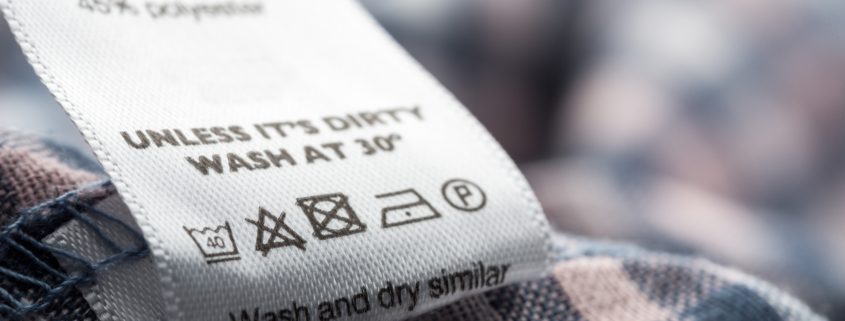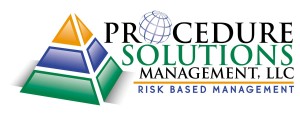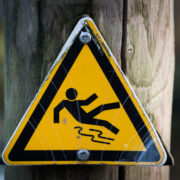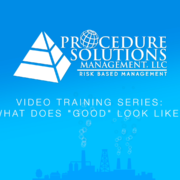LEVEL OF DETAIL – Not just the Who, What, and How!

Level of Detail. Think about the direction here. Is it providing the right amount of “what-to-do” or “How-to-do?” Is it falling short on both?
When writing a document (procedures or instructions) that is intended to provide direction, how do you know when you have the right amount of detail? Too much detail can cause the person doing the task, the performer, to focus more on what is written than the work actually being performed. On the opposite side, if insufficient detail is provided (“what-to-do”), the performer must obtain the “how” from somewhere, such as:
- Engineering documents
- Past experience
- Peer
- Prints or drawings
- Procedures
- Subject matter expert
- Supervisor
- Training
- Vendor Manuals
- Etc.
In all cases a balanced approach is critical for successful task execution or the human performance risk can negate the benefits of what the document was intended to accomplish.
As a writer it is critical to remember that for each and every step the performer has to obtain the “how” from somewhere. To create the balance between a step’s “What-to-do” and the “How-to-do” take into account the following considerations collectively for each and every step:
- At a minimum the task performer should be considered qualified although inexperienced and will have minimal or no direct supervisory input.
- Based on the simplicity of the task, the task performer is qualified and is capable of performing the task consistently error free independent of the human performance risk and does not need to rely on written instructions to be successful.
- As task complexity increases, the level of detail should rise, especially when a large number of actions are involved.
- As task frequency increases, the level of detail may lower. Although consideration should be given to the impact of complacency.
- Level of detail varies directly with the degree of standardization required. Increasing the level of detail provides more standardization and more consistent results.
- The level of detail should be increased as the risk of personal injury, equipment damage, and potential regulatory challenges rises.
For more information on Level of Detail and other Procedure Writing Tips, continue reading our blog. Or visit our training page for more information on our PPA Certification Course PLUS.











Leave a Reply
Want to join the discussion?Feel free to contribute!